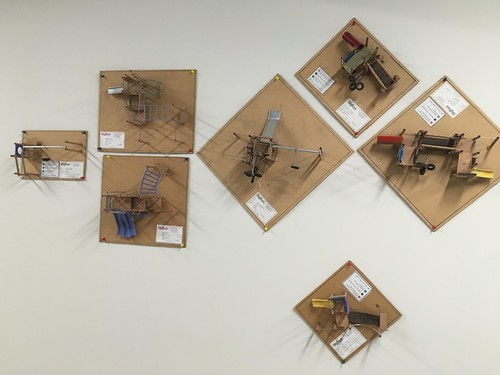At Monday night’s council meeting, the City of Langley’s new Economic Development Strategy was received by council. This strategy builds on current plans such as the Regional Growth Strategy, Langley City's Official Community Plan, and our Downtown Master Plan. It is an update of previous economic development strategies.
The new economic development strategy has four goals. The City should:
- Support a distinctive and vibrant downtown
- Encourage a diverse base of employment land
- Target development in emerging economic sectors
- Leverage sector and institutional partnerships
Out of these goals, the following action items were developed:
Place making: Increase the City’s exposure and awareness in the business community through the deployment of a cost-effective marking program.
Place building: Use land and infrastructure to stimulate private sector investment that creates jobs and enhances quality of life for residents.
Business care: Collaborate on the retention and expansion of existing businesses in the community.
Creative economy: Support creative economic sector that leverage Langley’s land and institutional assets while contributing to downtown development.
The Economic Development Committee recommended the following ten priorities:
- Downtown Building Scheme
- Relationship Building
- Update Downtown Master Plan
- McBurney Plaza Programming
- Destination Retail Store
- Downtown Anchor Tenant
- Streetscape Upgrades
- Business Walks
- Night Market
- Business Attraction Website
These priorities should be done. Some of them are low hanging fruit, and aren’t that different from what every other community is trying to do in the region. I believe that Langley City needs to be bolder, and that means investing in the creative economy. The presenter of the new Economic Development Strategy was excited about two other action items.
The economic development strategy recommends creating a fibre optic network to attract good paying creative and knowledge-based jobs to the community. For example, the City of Stratford, Ontario (population 51,000) is globally recognized as a leading “smart city” due to free citywide WiFi and a 70-kilometre fibre-optic network that can run at speeds of up to one gigabit per second.
Another key recommendation is the construction of a preforming art centre in Downtown Langley. This would enhance arts and entertainment programming locally, make Downtown Langley an “urban magnet”, and would attract quality redevelopment to the city.
Both of these items will costs a substantial amount of money, but will pay back dividends by attracting more jobs, reducing negative activity, and enhancing the quality of life for residents in Langley City.
The priority list identifies a destination retail store and a downtown anchor business as a priority. I believe that the City will need to implement the bolder items in this plan to attract these types of stores and businesses.
























